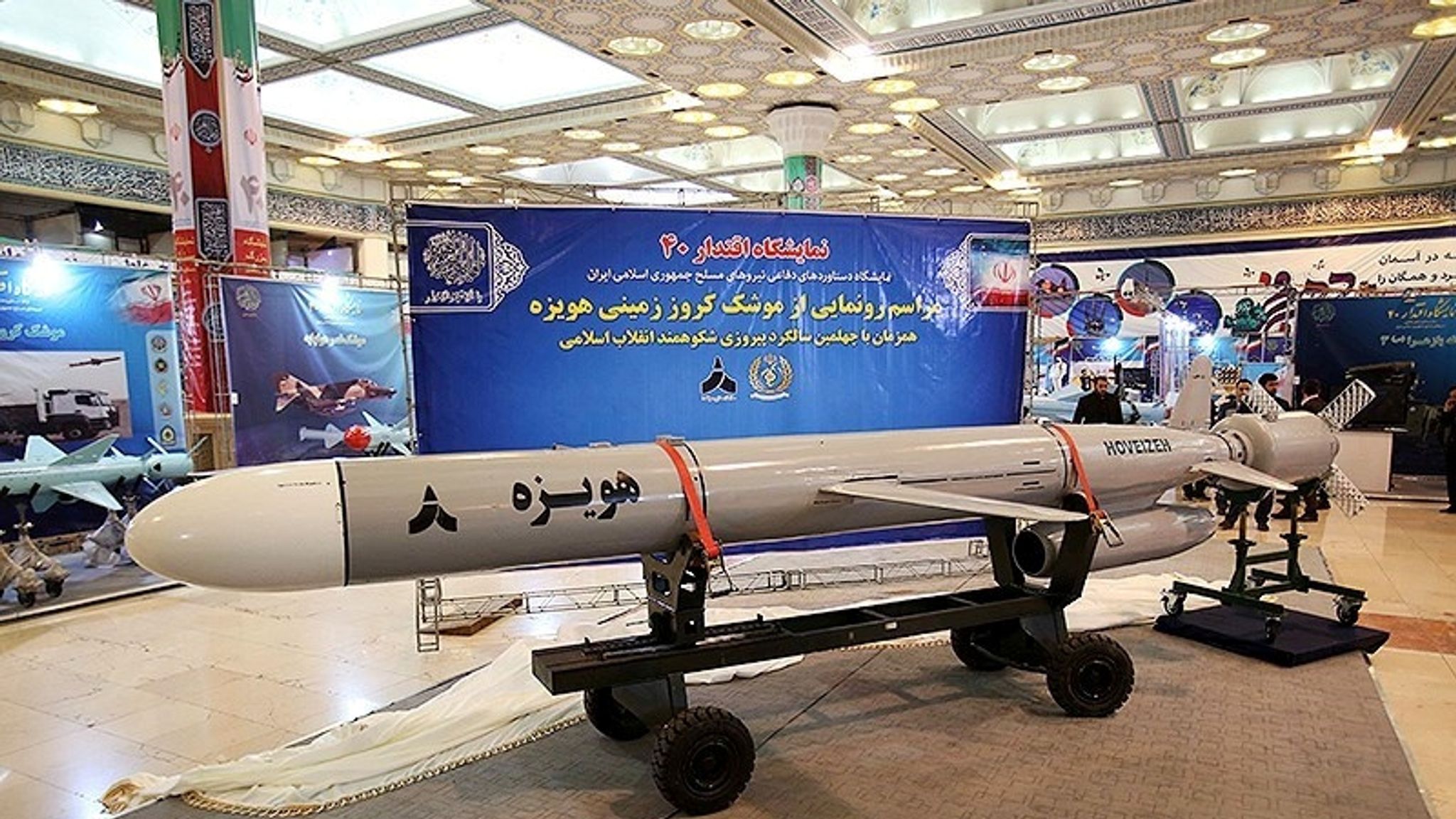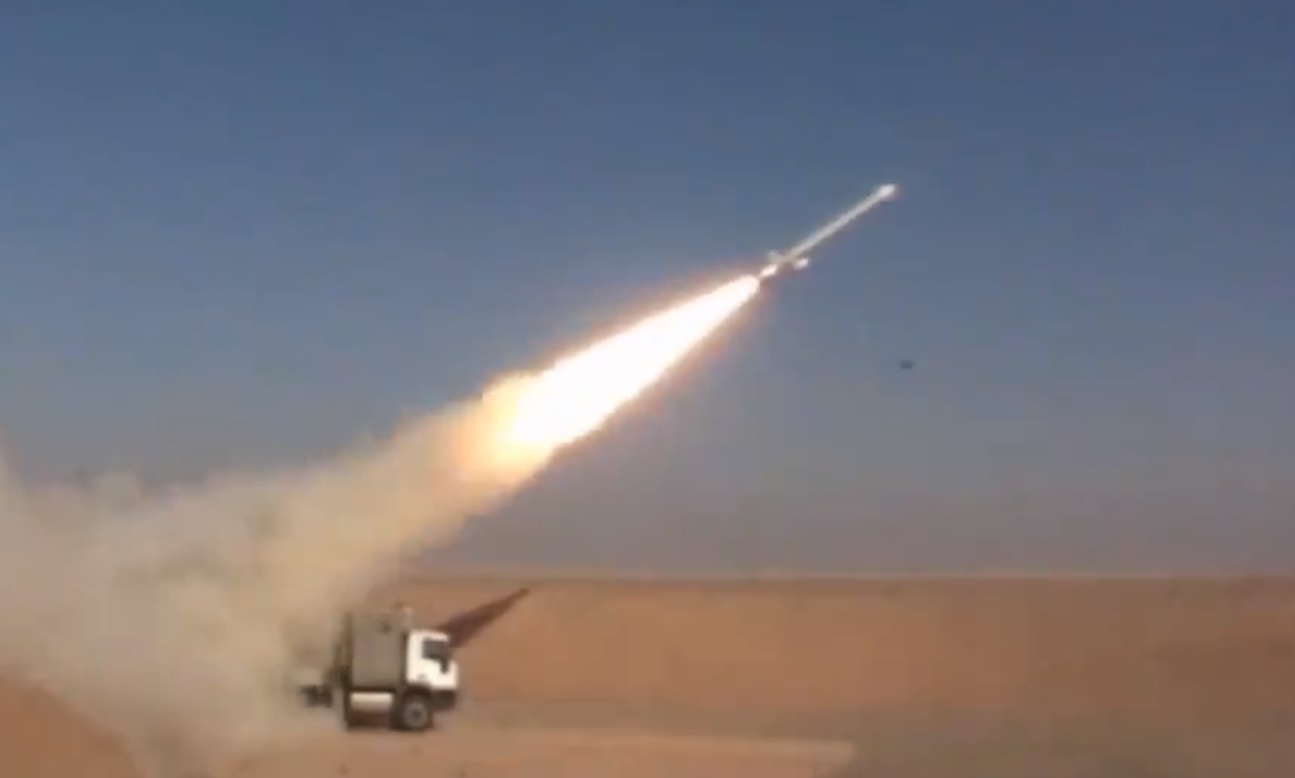Table Of Content

SEOUL, South Korea — North Korea said Saturday it tested a “super-large” cruise missile warhead and a new anti-aircraft missile in a western coastal area as it expands military capabilities in the face of deepening tensions with the United States and South Korea. The Tactical Tomahawk Weapons Control System (TTWCS) integrated within the ship’s systems computes the path to engage targets. The system enables the planning of new missions on board the launch vessel.
Several decades of service
After the collapse of the Soviet Union, the most recent cruise missile developed was the Kalibr missile which entered production in the early 1990s and was officially inducted into the Russian arsenal in 1994. However, it only saw its combat debut on 7 October 2015, in Syria as a part of the Russian military campaign in Syria. The missile has been used 14 more times in combat operations in Syria since its debut. The USAF adopted the AGM-86 for its bomber fleet while AGM-109 was adapted to launch from trucks and ships and adopted by the USAF and Navy.
Tomahawk
Iran Launched Cruise Missiles and Ballistic Missiles in Attack, Israeli Military Says - The Wall Street Journal
Iran Launched Cruise Missiles and Ballistic Missiles in Attack, Israeli Military Says.
Posted: Mon, 15 Apr 2024 09:20:00 GMT [source]
The fuel load is 800 to 1,000 pounds (about 450 kg) of fuel at launch, or approximately 150 gallons (600 liters). Photos released by the North’s official Korean Central News Agency showed at least two missiles being fired off launcher trucks at a runway. India is currently developing hypersonic BRAHMOS-II which is going to be the fastest cruise missile.
Tomahawk (missile)
Modern cruise missiles use satellite navigation to guide themselves to target, and some can even take pictures of the target area, allowing operators to retarget them in midair. The missile’s payload is typically a warhead in the 1,000-pound weight class, often with the ability to penetrate earth and concrete to target underground shelters. Most of the avowed nuclear powers have technically had hypersonic weapons for a half-century or more, as the ballistic missiles that carry nuclear warheads travel at hypersonic speeds, impacting their targets at up to 15,000 miles per hour. This new generation of hypersonic weapons is different in that it is non-nuclear in nature—at least so far—and would be used immediately in a conventional war.
Royal Navy

The Persian Gulf War also saw the first coordinated Tomahawk and manned-aircraft strike in history. Tomahawks were subsequently used extensively in Iraq to enforce “no-fly zone” operations in the early 1990s and during the Iraq War (2003–11). They were also used in Bosnia (1995), Libya (1996 and 2011), Sudan (1998), Yemen (2009), and Afghanistan (1998 and during the Afghanistan War, which began in 2001). The United States has deployed nine nuclear cruise missiles at one time or another. A hypersonic cruise missile travels at least five times the speed of sound (Mach 5). It doesn't include the specifically anti-ship missiles whose list is separate.
Everything To Know About Tomahawk Missiles: Speed, Cost, And Destructive Power

In August 2004, the US Navy placed a $1.6bn multi-year procurement contract with Raytheon for 2,200 Tomahawk Block IV missiles. The Block IV Tomahawk missile is outfitted with advanced electronic support measure (ESM) seeker in Block IV Tomahawk missile. Its joint multi-effects warhead enables the commander to control the blast.
The Tomahawk Block IV version, introduced in the 2010s, included a camera that could send back imagery to the missile’s controllers, allowing a missile to be re-tasked in midair if its target was already destroyed. Block Va, the latest version, adds the ability to target and attack moving ships at sea. Cruise missiles, although similar to ballistic missiles in some regards, provide an alternate means to deliver a lethal payload rapidly and accurately to a target. Cruise missiles differ from ballistic missiles in that they fly towards their target at lower altitudes, remaining within the Earth’s atmosphere throughout their trajectory.
Raytheon was awarded a $346m production contract for 473 Tomahawk Block IV cruise missiles in March 2006. The contract includes 65 submarine torpedo tube-launched missiles for the Royal Navy. US Navy launch platforms were modified to accommodate upgraded Tomahawk missile variants. Four Ohio class nuclear ballistic missile submarines were converted into cruise missile submarines for firing Tomahawk missiles. The Virginia class submarines and the Royal Navy Astute class submarines were also fitted with new vertical launch modules for Tomahawk missile. The IGS is a standard acceleration-based system that can roughly keep track of where the missile is located based on the accelerations it detects in the missile's motion (click here for a good introduction).
This gives them the option to manually guide the missile to its target or to abort the strike. The German V-1 missile used in World War II was a precursor of the cruise missile, which was developed by the United States and the Soviet Union in the 1960s and ’70s. Capable of carrying either a nuclear or a conventional warhead, the cruise missile was designed to have a very low radar cross section and to hug the ground while traveling at a relatively slow speed to its target. Early Tomahawk cruise missiles followed a pre-programmed flight path to target using a system called terrain contour matching (TERCOM). In TERCOM, a radar altimeter scans the terrain below the missile, then compares it to a terrain elevation map stored in its onboard computer brain.
It can be armed with a nuclear or unitary warhead or a conventional submunitions dispenser with combined-effect bomblets. The Tomahawk Block IV missiles were converted and upgraded to Block V in 2017. The upgraded Tomahawk includes extended range, enhanced navigation and communication systems and modernised data-link radio. RGM / UGM-109C (Block III TLAM-C) is a conventional unitary variant, carrying a 1,000lb-class warhead. RGM / UGM-109D (Block III TLAM-D) is a submunitions dispenser variant armed with 166 combined-effects bomblets.
The North Korean regime successfully tested intercontinental ballistic missiles (ICBM) in July and November 2017. Its Hwasong-15 ICBM reached an altitude of 2,780 miles (4,475 kilometers) and flew about 590 miles (1,000 kilometers) before landing in the sea off the coast of Japan. Analysts estimate the Hwasong-15 has a potential range of 8,100 miles (13,000 kilometers). If it's fired on a flatter trajectory, it could reach potentially reach anywhere on the U.S. mainland. During the Cold War, both the United States and the Soviet Union experimented further with the concept, of deploying early cruise missiles from land, submarines, and aircraft. The main outcome of the United States Navy submarine missile project was the SSM-N-8 Regulus missile, based upon the V-1.
During the flight the missile will verify that the images that it has stored correlates with the image it sees below itself. Based on comparison results the missile's inertial navigation system is updated and the missile corrects its course. Analysts say anti-aircraft missile technology is an area where North Korea could benefit from its deepening military cooperation with Russia, as the two countries align in the face of their separate, intensifying confrontations with the U.S. These missiles are about the same size and weight and fly at similar speeds to the above category. The investigators were unable to determine whether the Kh-101 remnants they studied were from missiles that reached their targets and exploded or were intercepted in flight and shot down.
Tensions on the Korean Peninsula are at their highest in years, with North Korean leader Kim Jong Un dialing up his weapons demonstrations, which have included more powerful missiles aimed at the U.S. mainland and U.S. targets in the Pacific. The United States, South Korea and Japan have responded by expanding their combined military training and sharpening their deterrence strategies built around strategic U.S. assets. In 2017, North Korea unexpectedly staged a test launch of what was then a new ballistic missile, the Pukguksong-2. The launch took place when Japanese Prime Minister Shinzo Abe was on a state visit to the United States. There have been many more test launches of ballistic missiles by North Korea since. Between May and October 2019, North Korea launched as many as 12 ballistic missiles or other projectiles.
